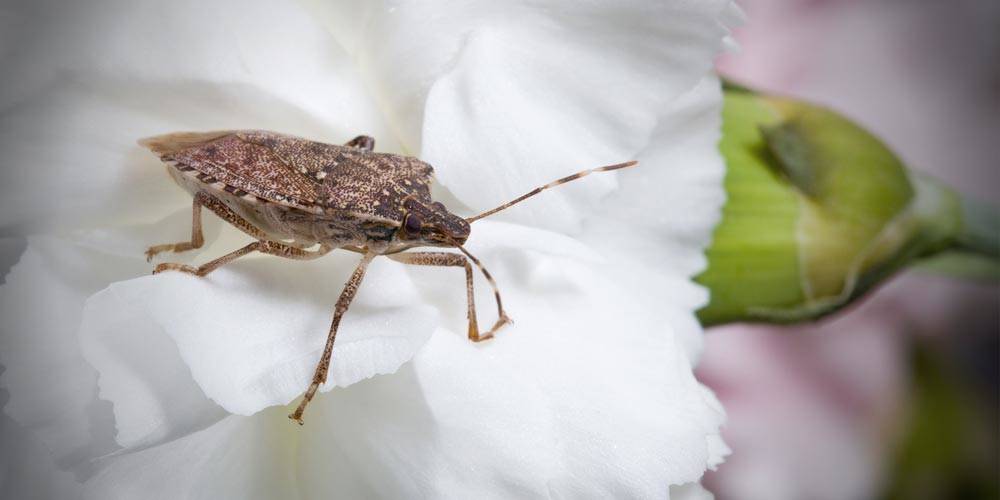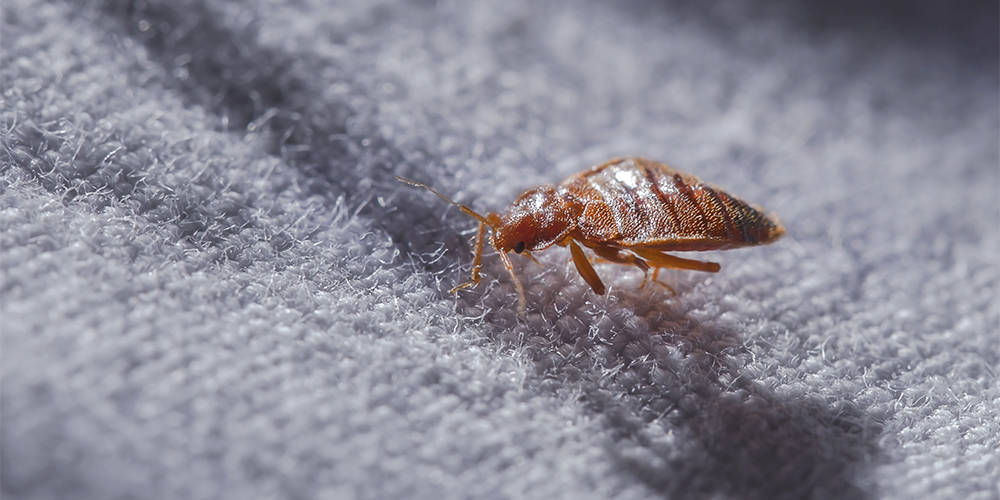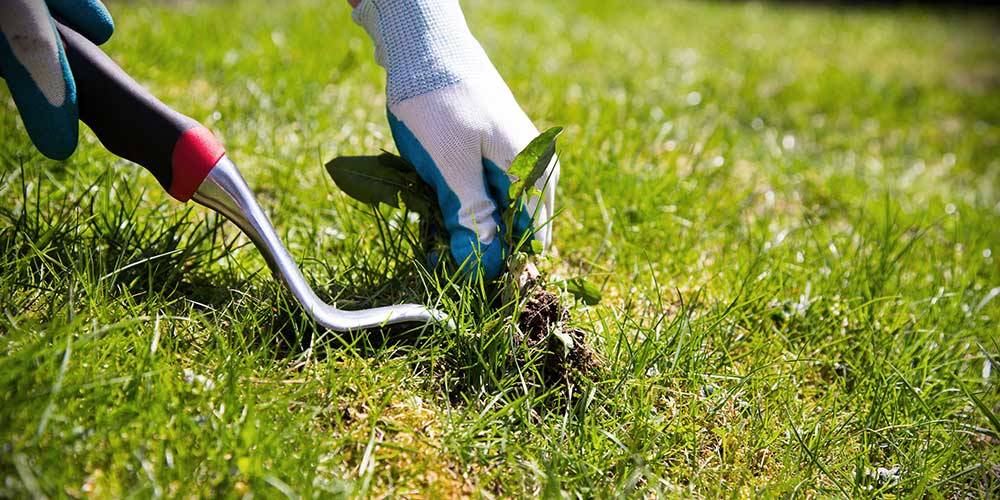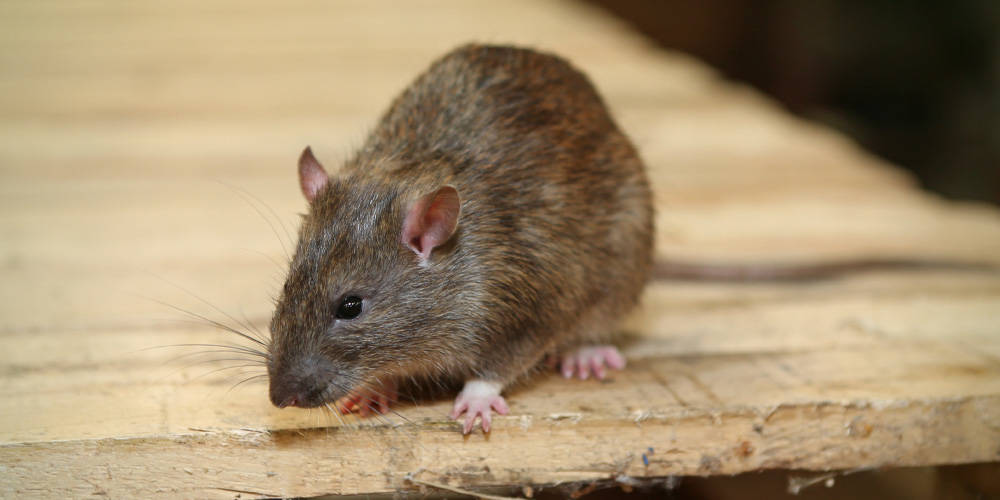Over the past year, the brown marmorated stink bug (Halyomorpha halys) has become increasingly present in Canada. Originally from East Asia, this insect has kept gaining ground in urban areas and has caused significant damage to agricultural crops.
Why is it such a problem?
This insect was knicknamed "devil's thumbtack" as it has been responsible for the loss of numerous agricultural crops in the United States over the past 15 years or so.
Especially feared in orchards, it mainly attacks fruit trees such as apple trees, cherry trees, apricot trees, plum trees and peach trees. Brown marmorated stink bugs will also attack vegetables, corn, soy and vines.
The spread of the devil's thumbtack in Canada is mainly due to global warming. However, as it finds it hard to deal with our winter weather, it will look for a place to hibernate as soon as it gets a little cold. It often chooses garden sheds, basements, garages and even houses. Brown marmorated stink bugs particularly like cracks and windows, as well as kitchens and bed sheets. They move by train or other vehicles as free riders.
Features of the brown marmorated stink bug
Adult brown marmorated stink bugs can reach up to 2.5 cm, that is, the size of a quarter. Being marmorated brown to reddish in colour, they have two white marks on their antennae and will release a foul odour when they feel threatened. The same foul smell will be released if you inadvertently squash one.
Problems
Even if brown marmorated stink bugs pose no threat to humans, they cause huge problems in the home due to their foul smell. They won't hesitate to invade your house by the thousands.
One of the reasons why it is hard to control the invasion is the absence of predators in the insect's country of origin. As it has no natural enemies, it is free to proliferate without fear of being preyed upon.
Prevention
As for most insect infestations, prevention is the key. Here are our tips to prevent a brown marmorated stink bug infestation:
- Seal all cracks in your foundations;
- Seal cracks around windows and doors;
- Make sure the weatherstrip of your exterior doors is not damaged;
- Fix or replace window screens;
- Reduce outdoor lighting to a maximum in the evening;
- Make sure to store food in airtight containers;
- Make sure your garden hose does not leak;
- Aerate your basement, attic and garage properly;
- Keep the yard well maintained and store fire wood at least 20 feet away from the house.














